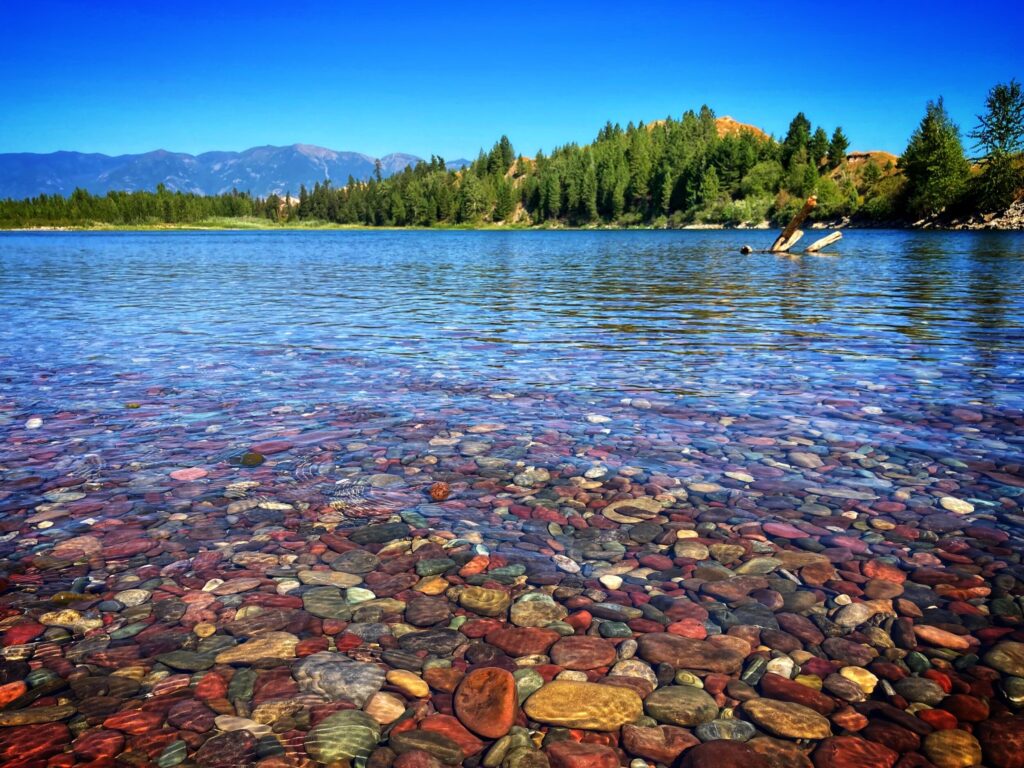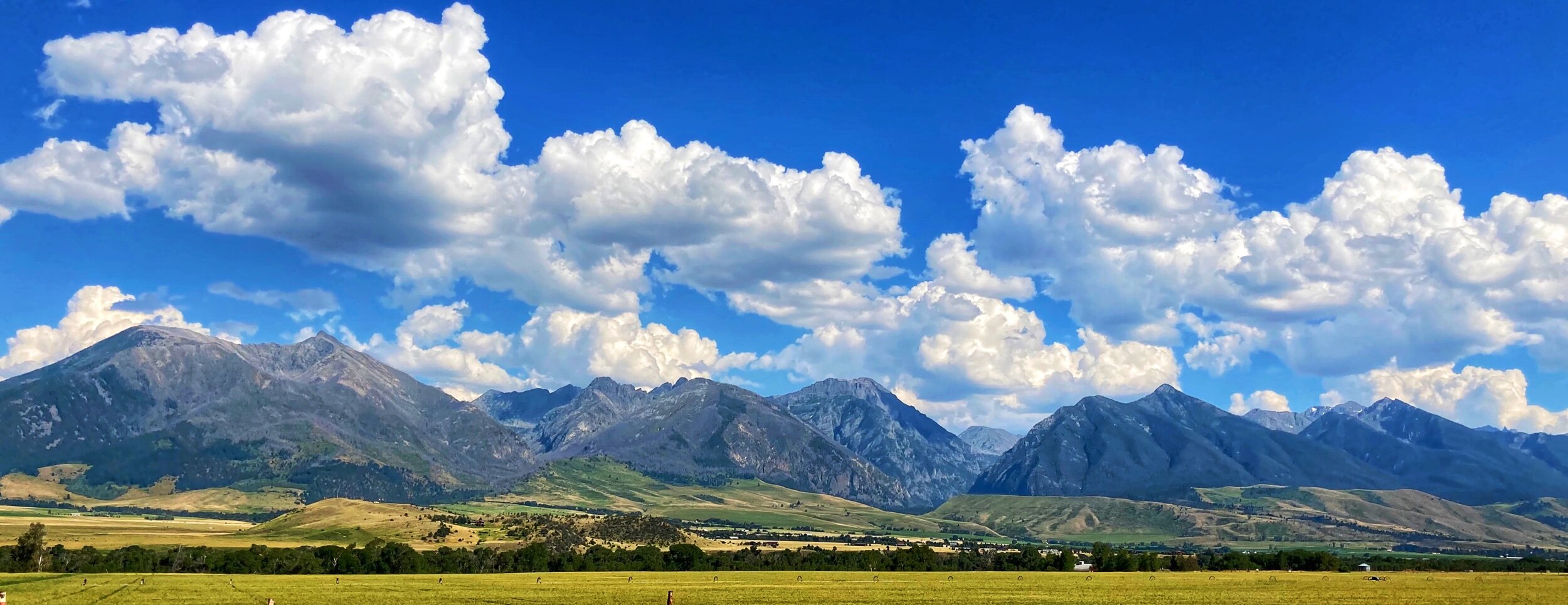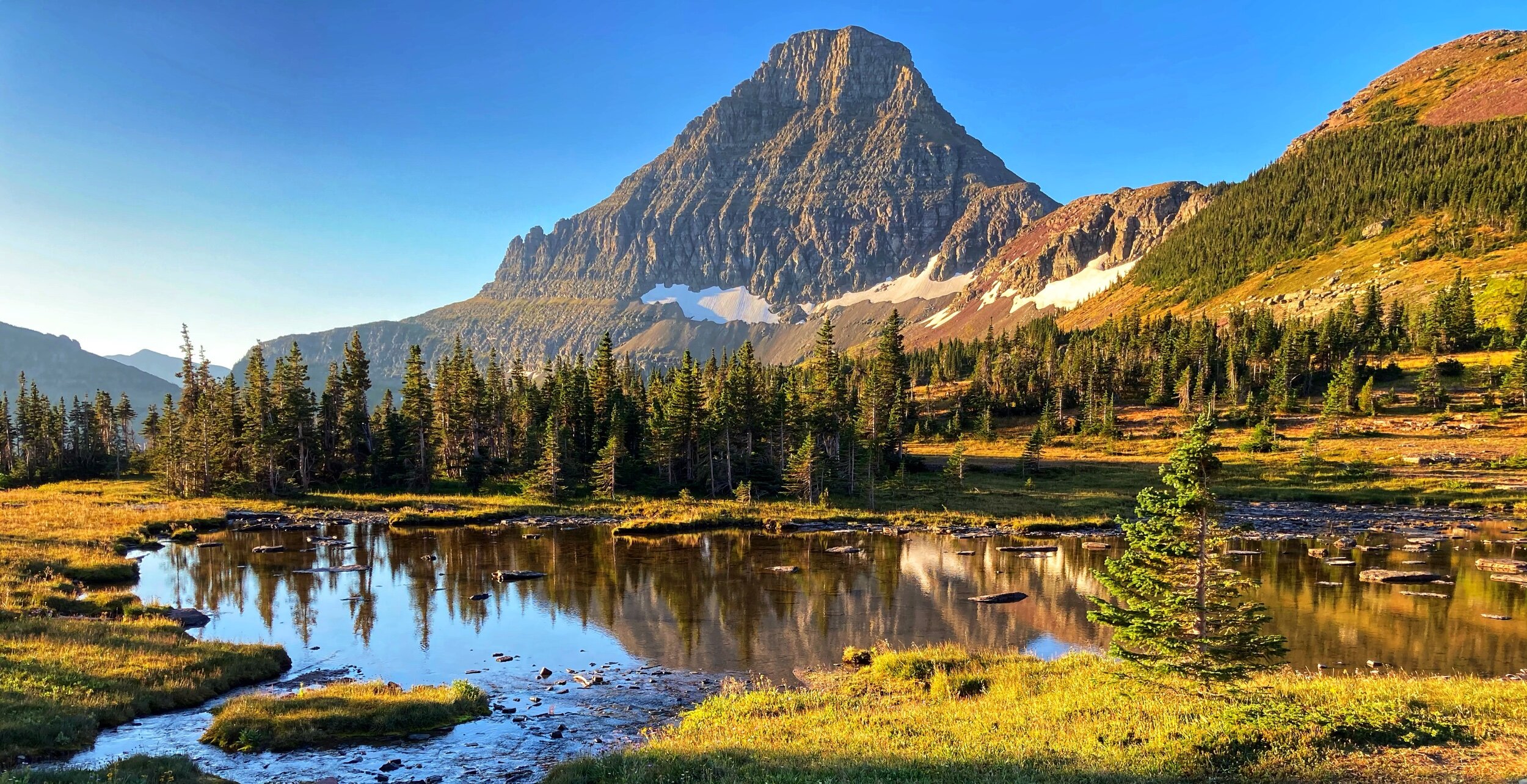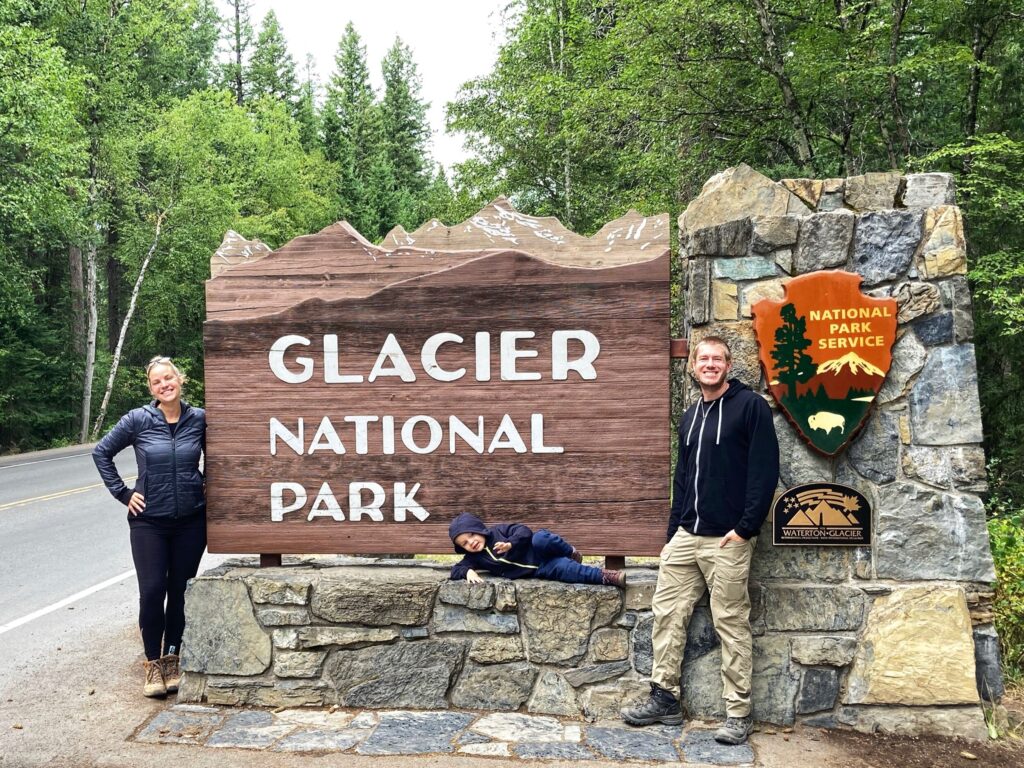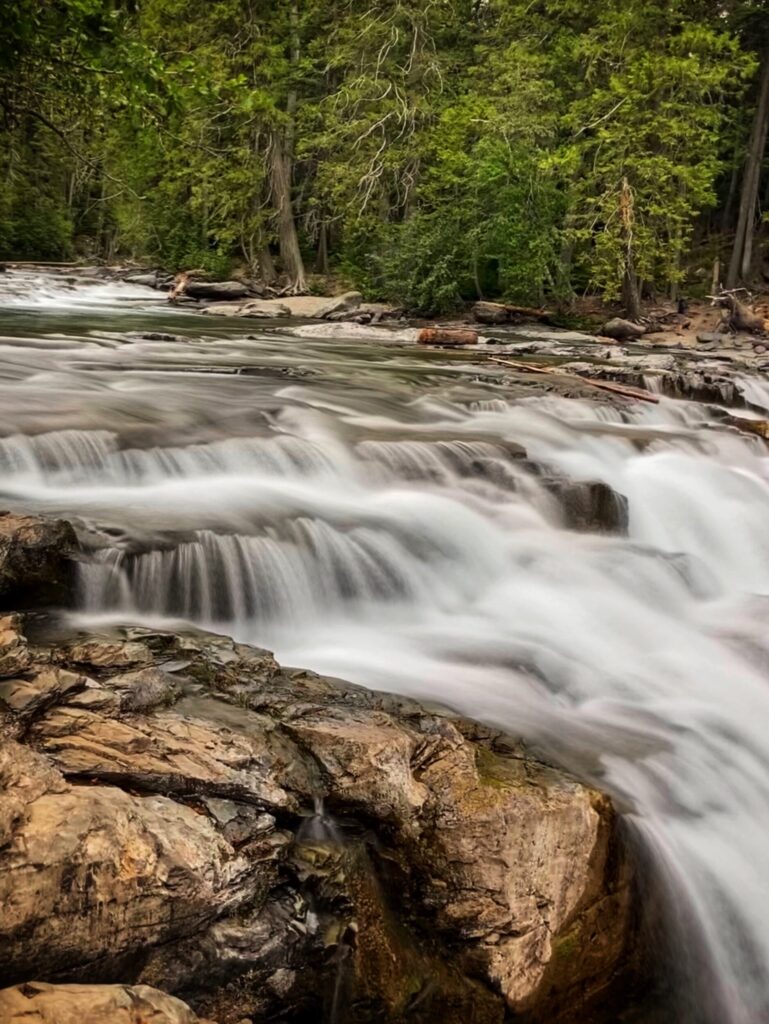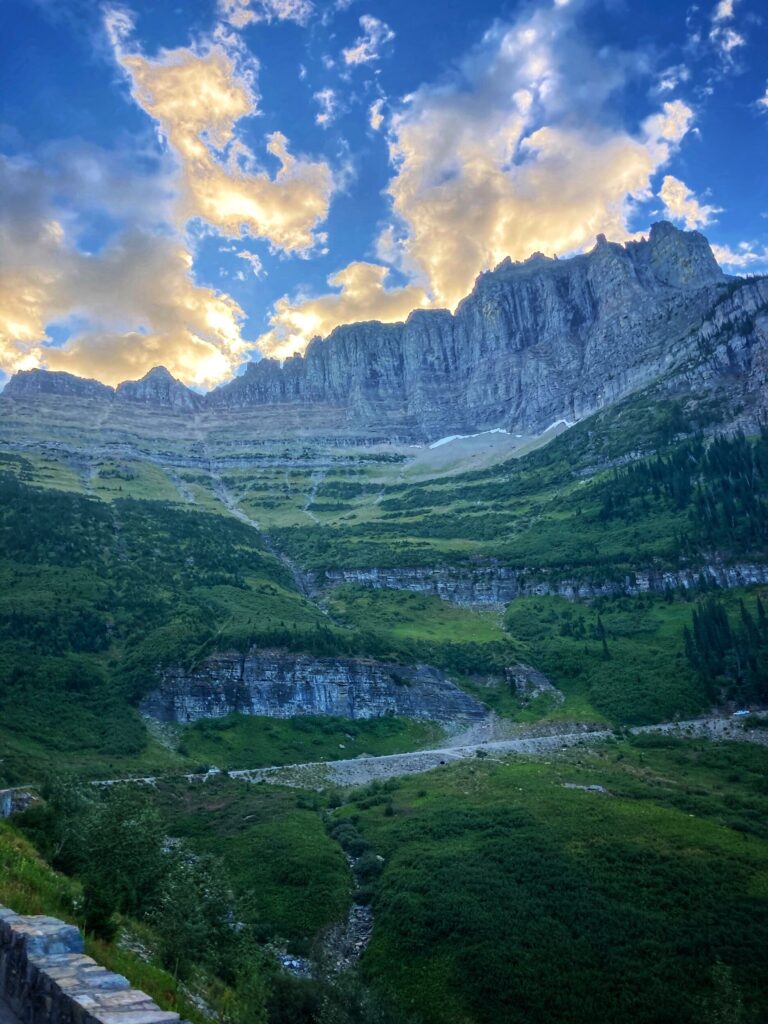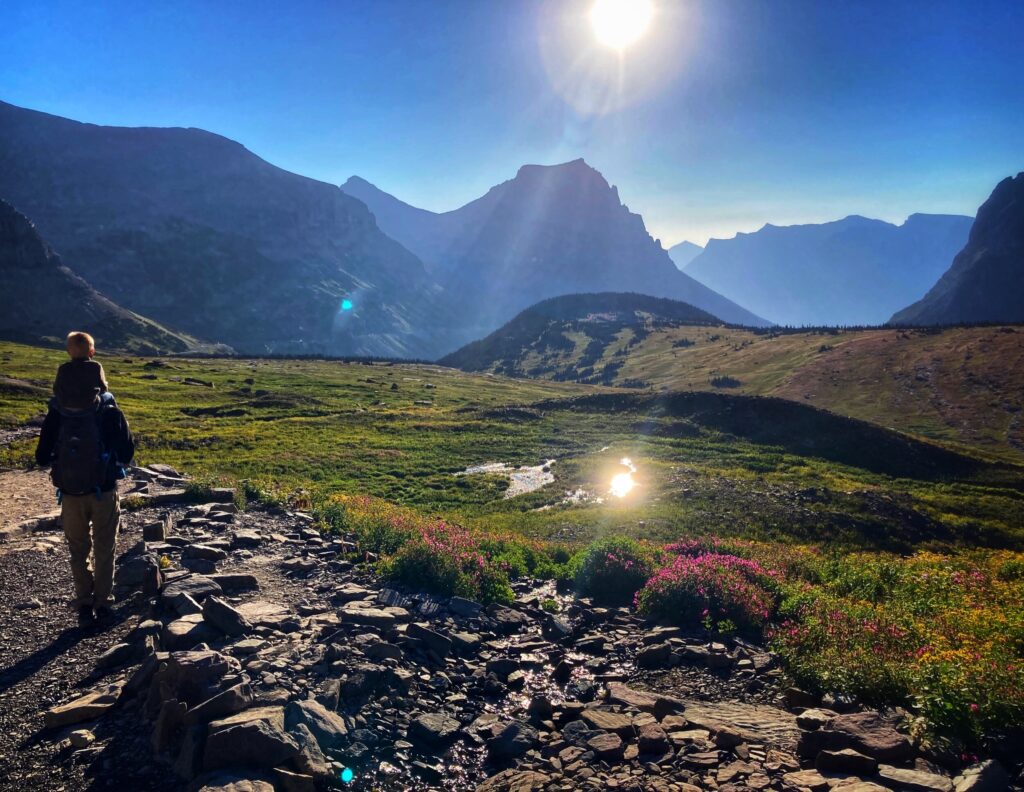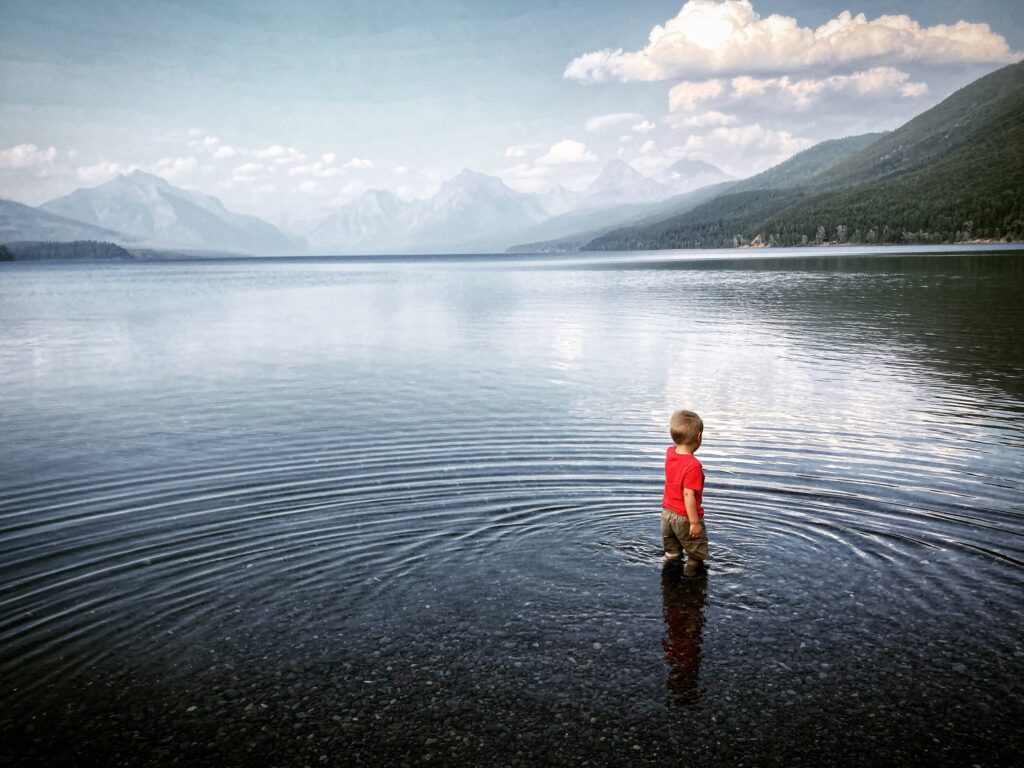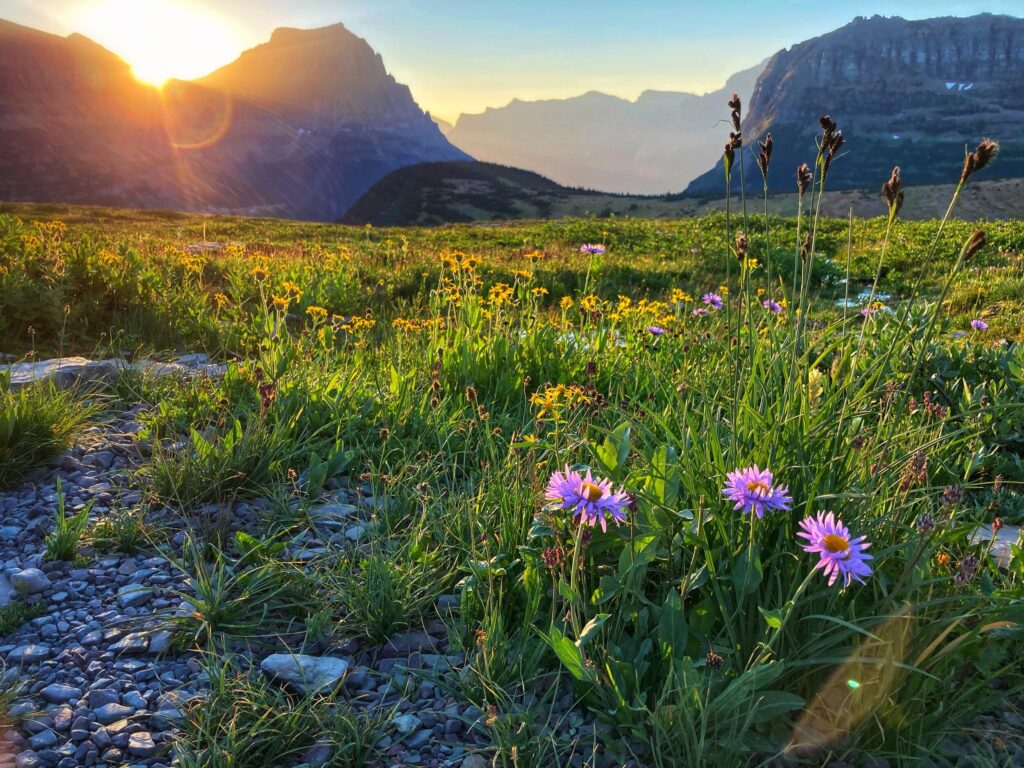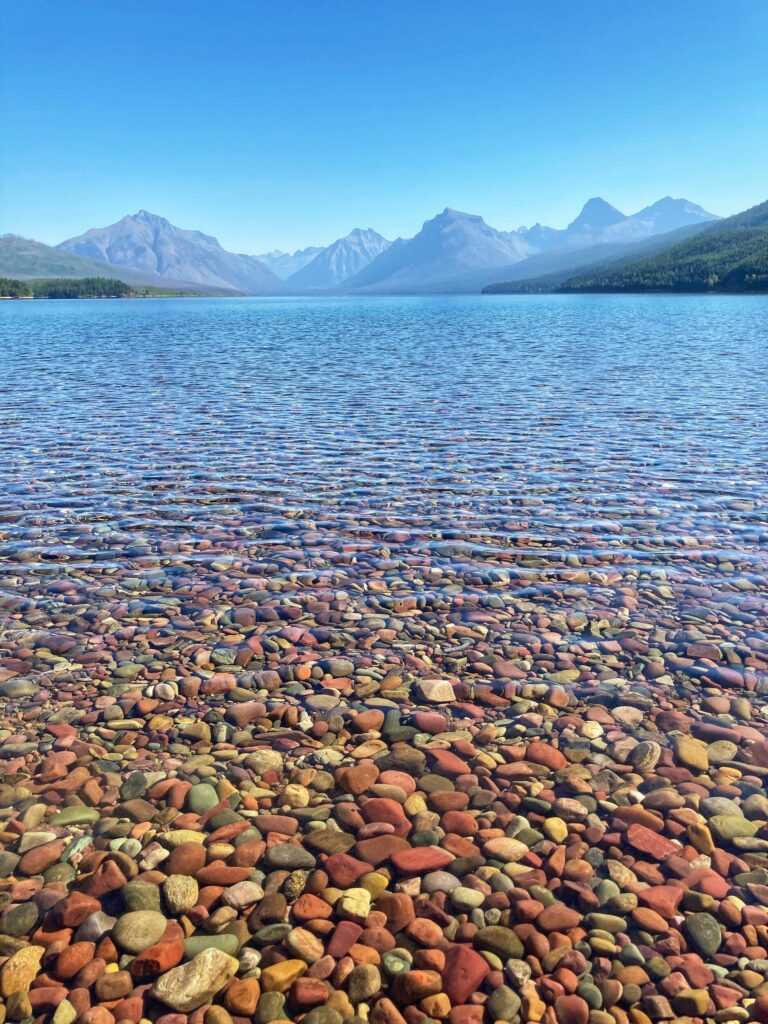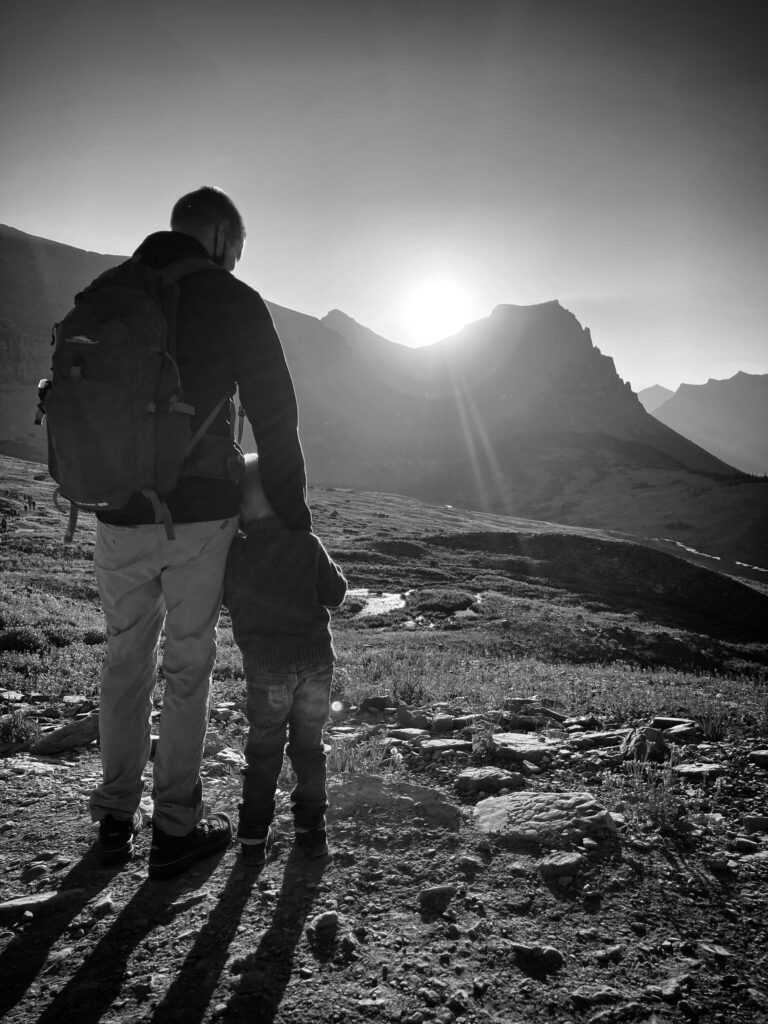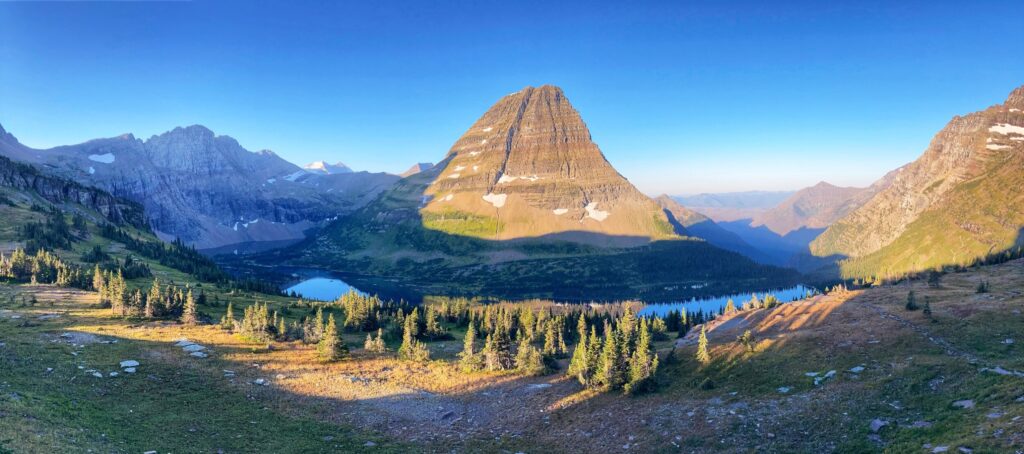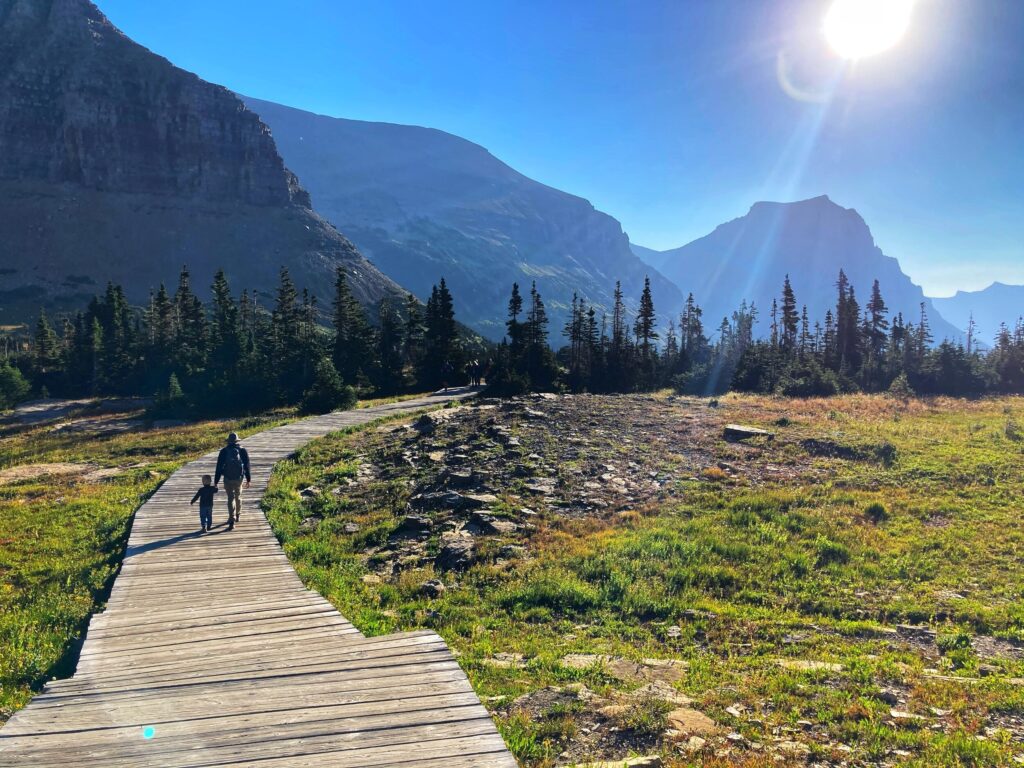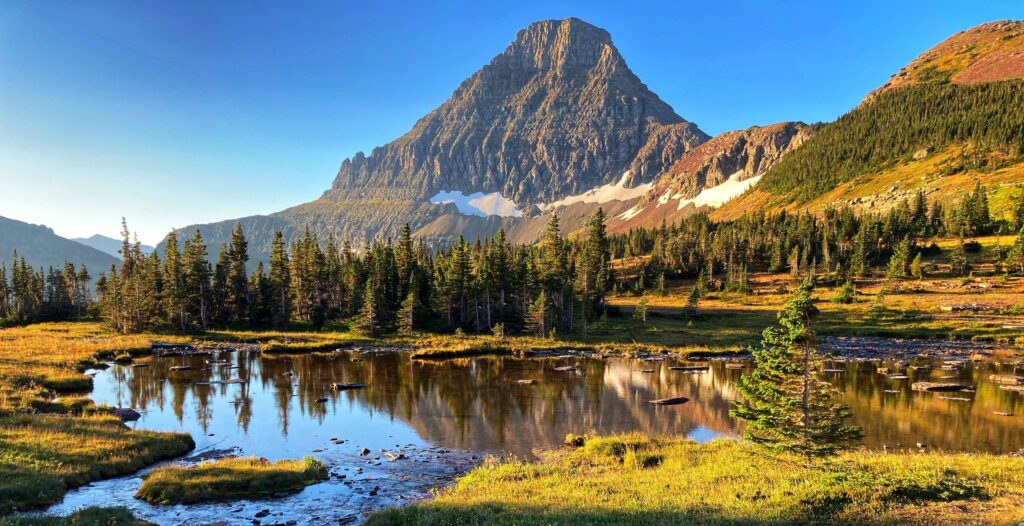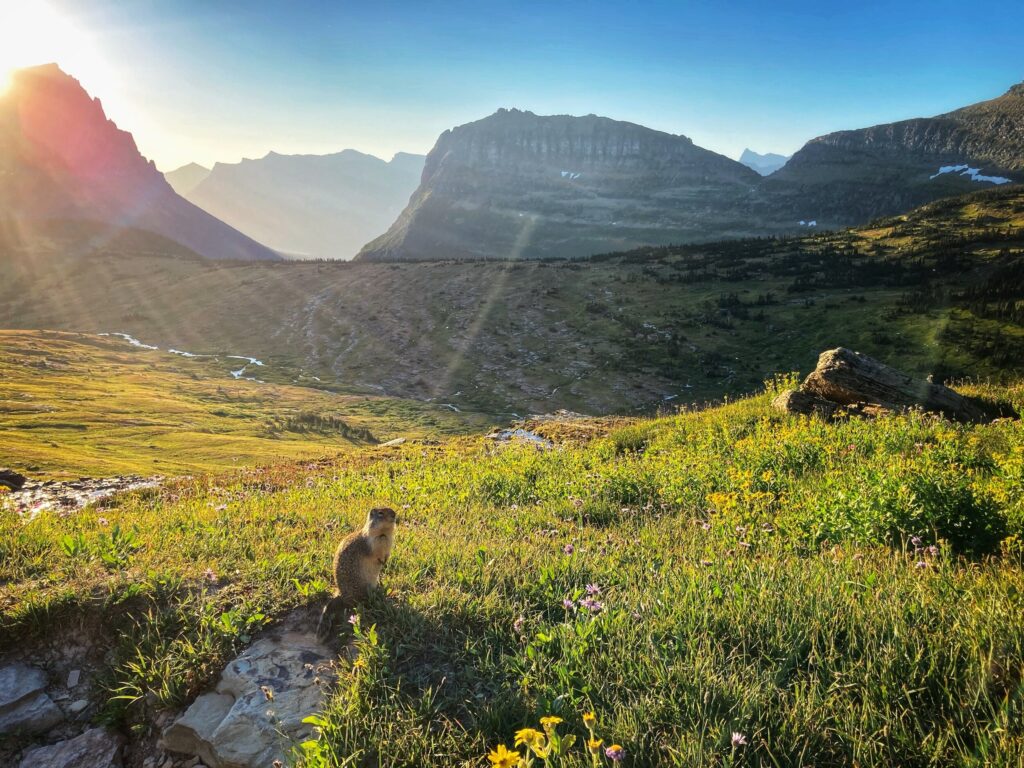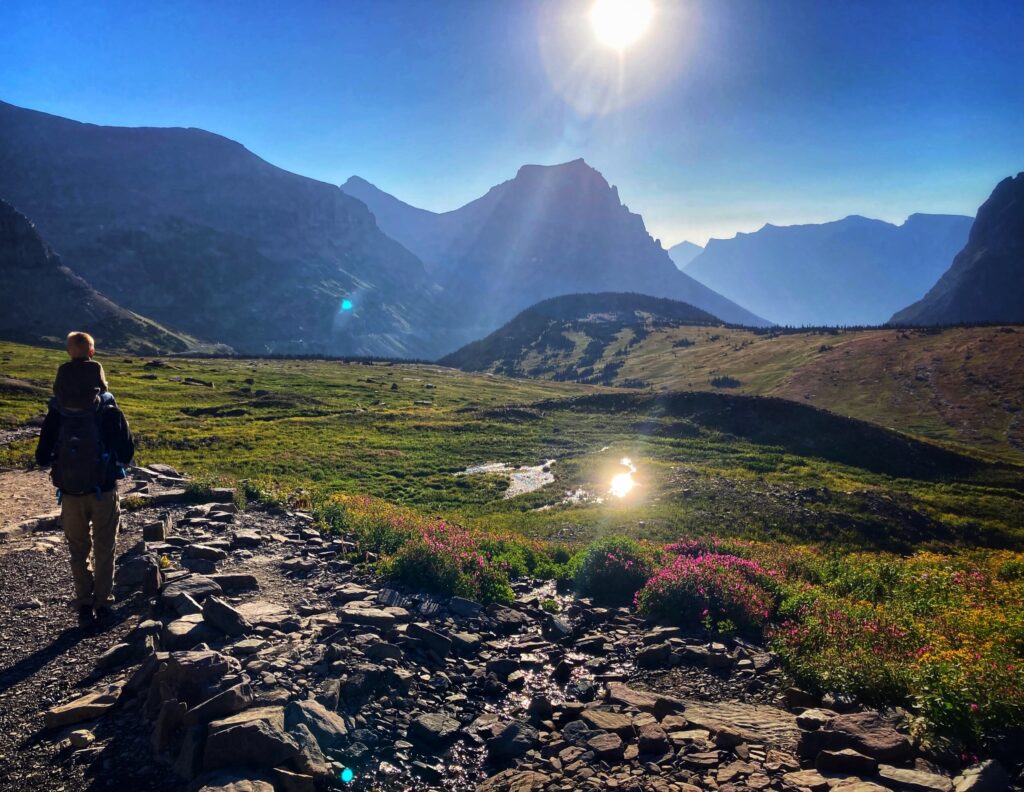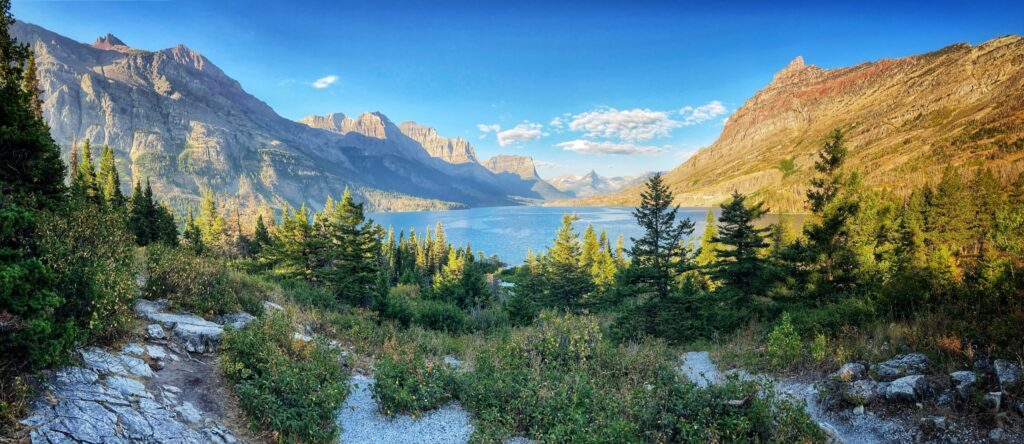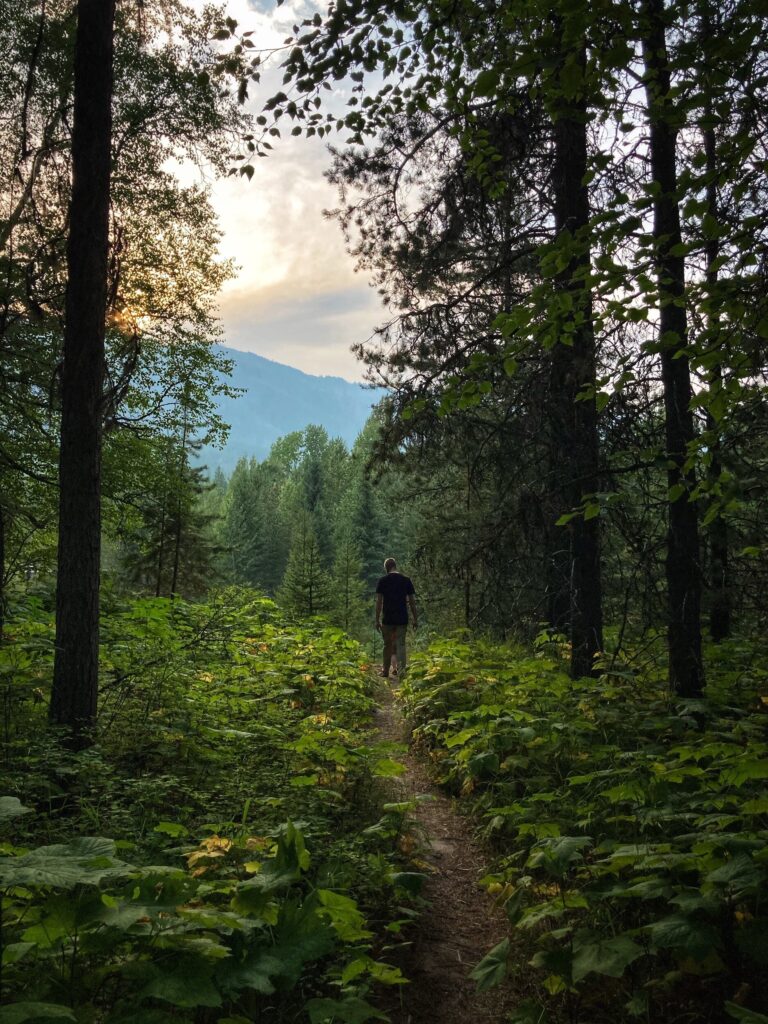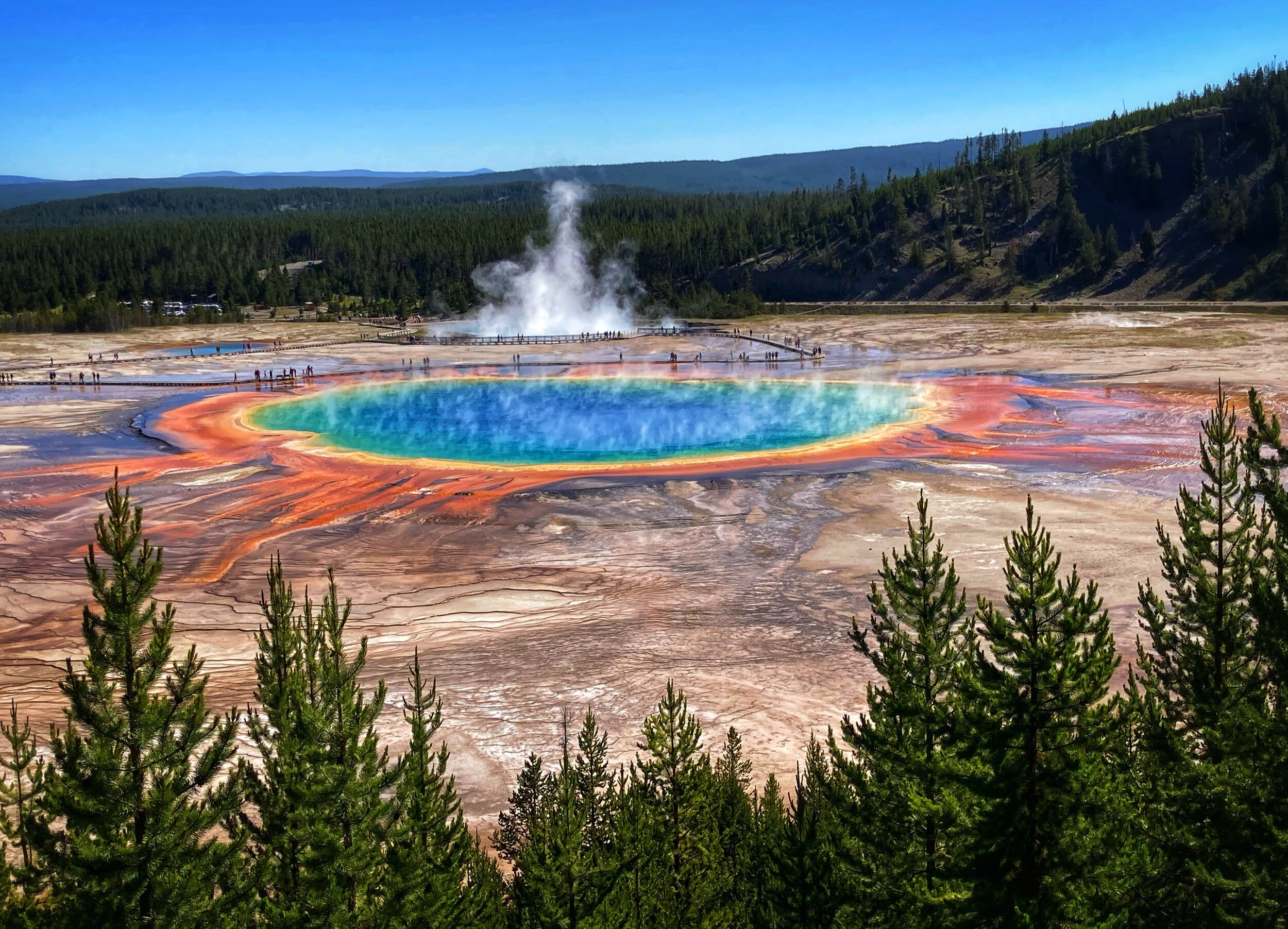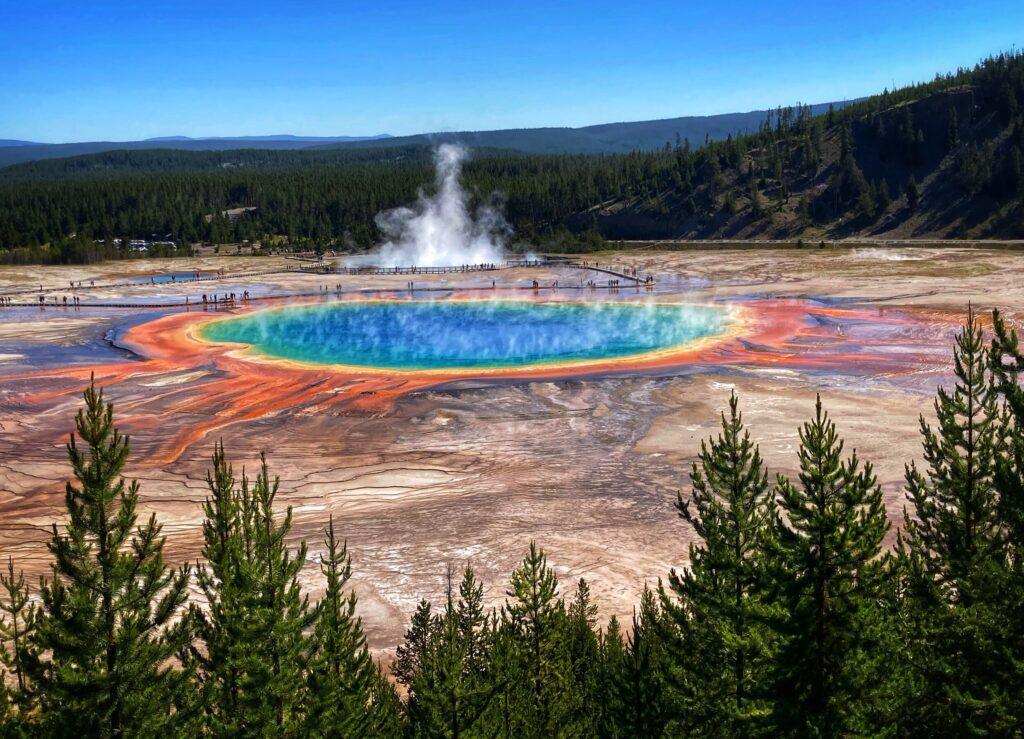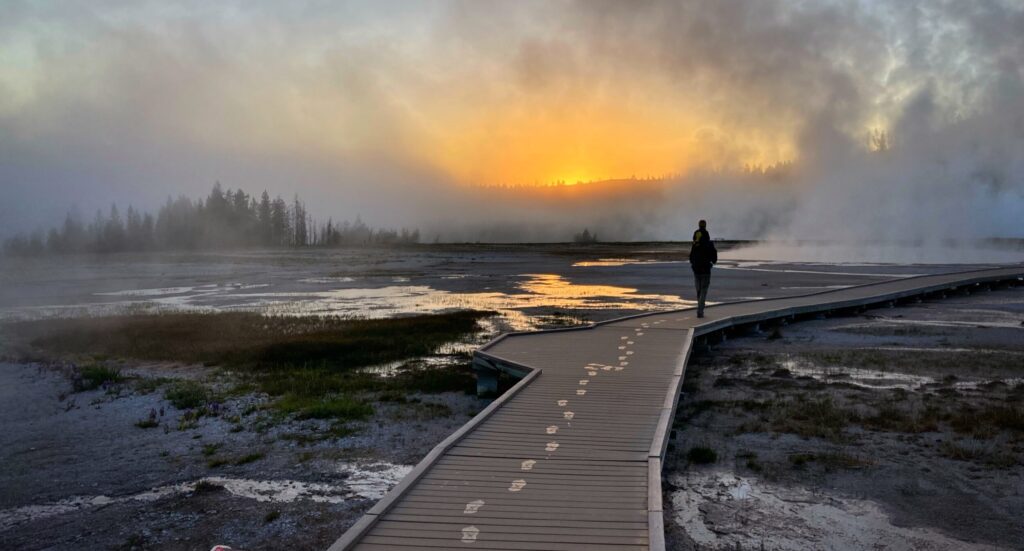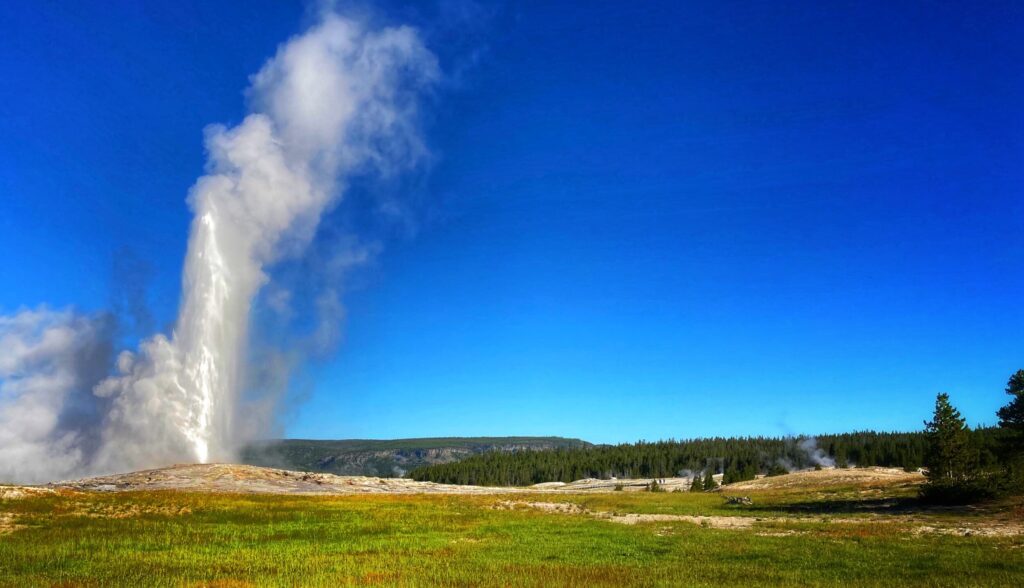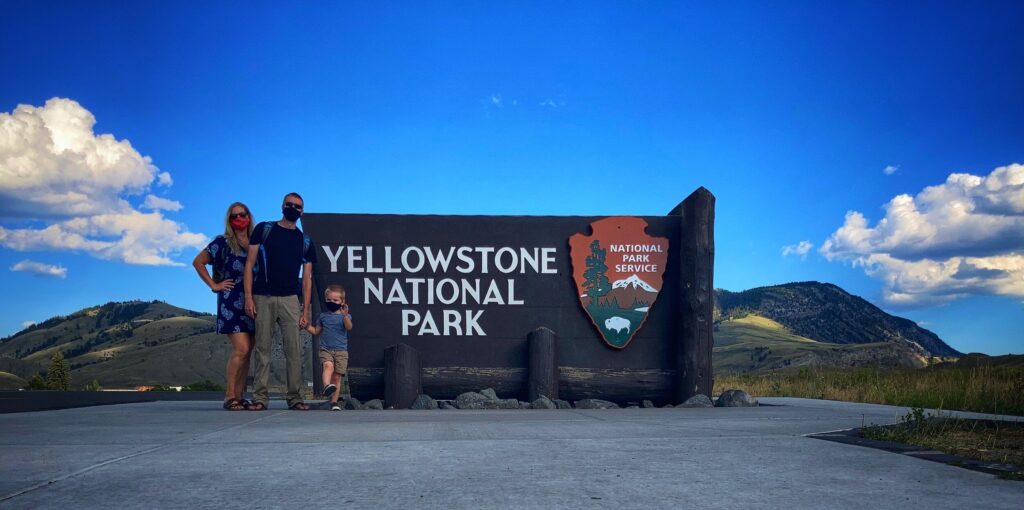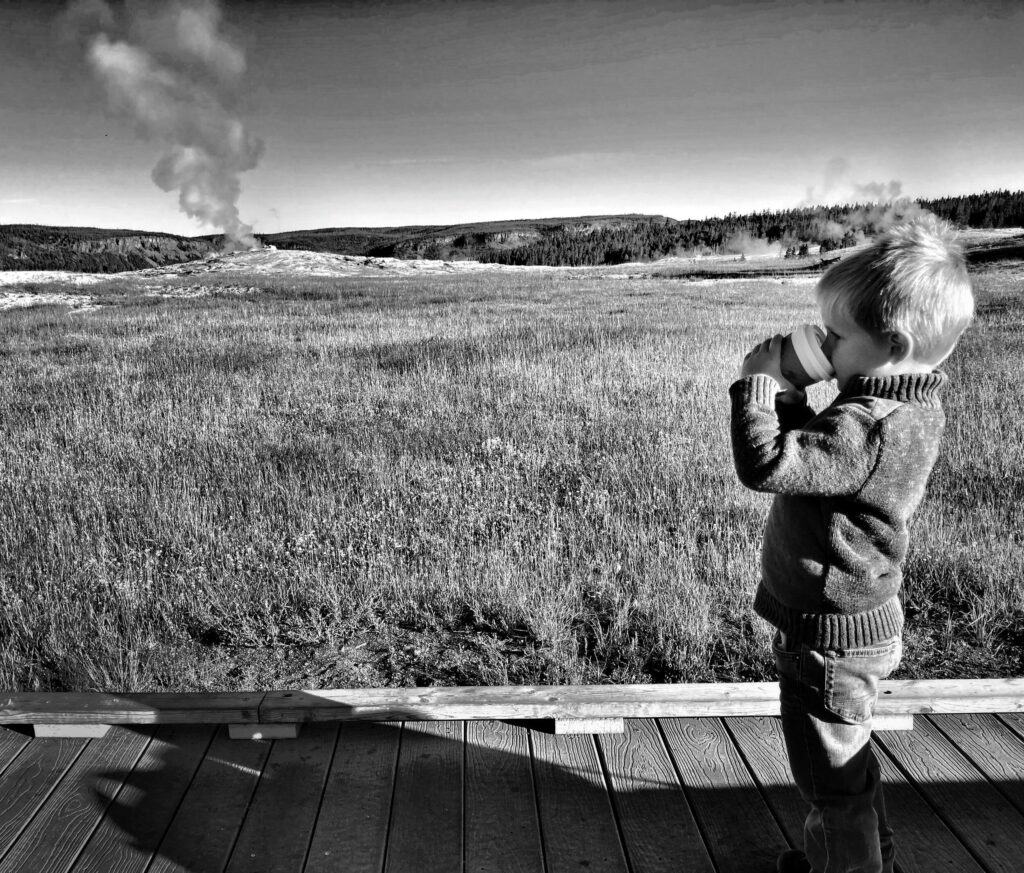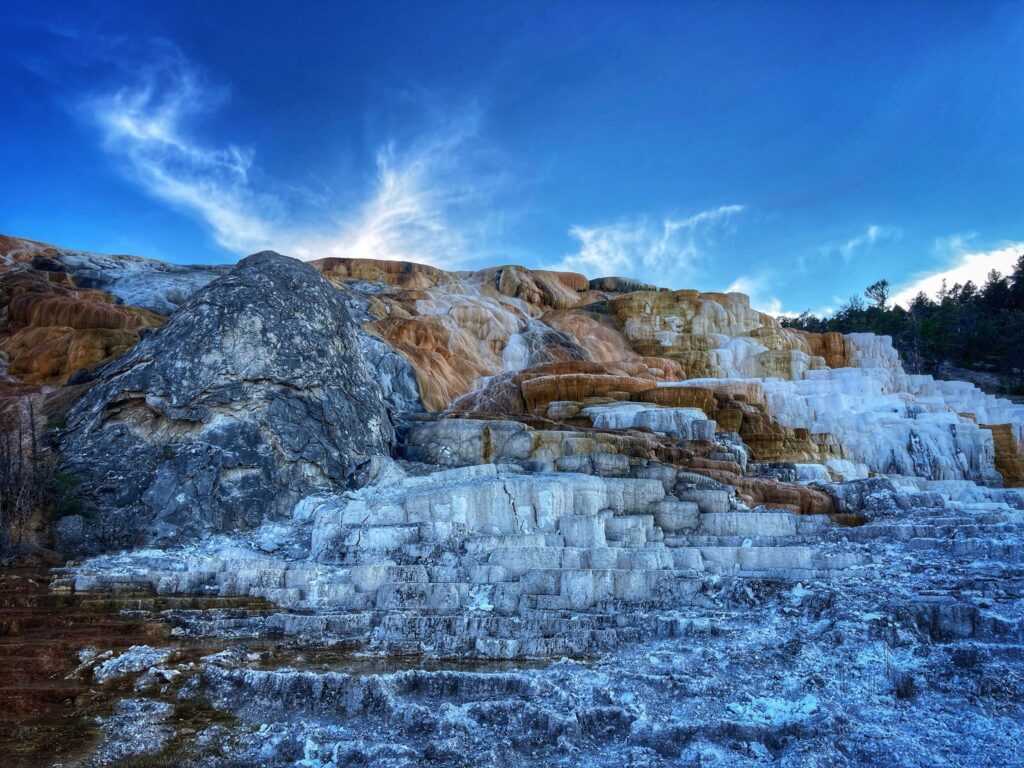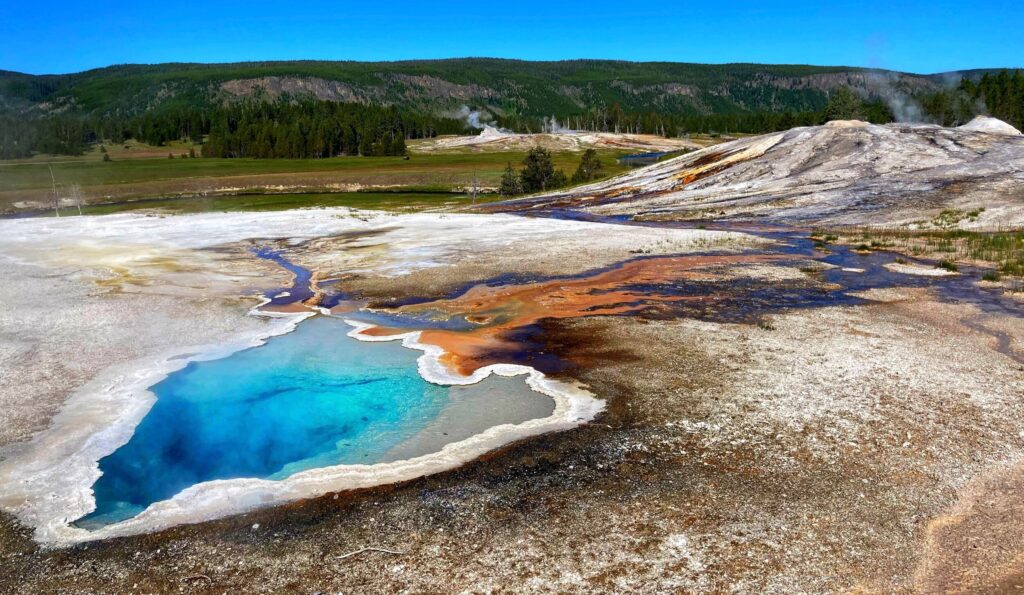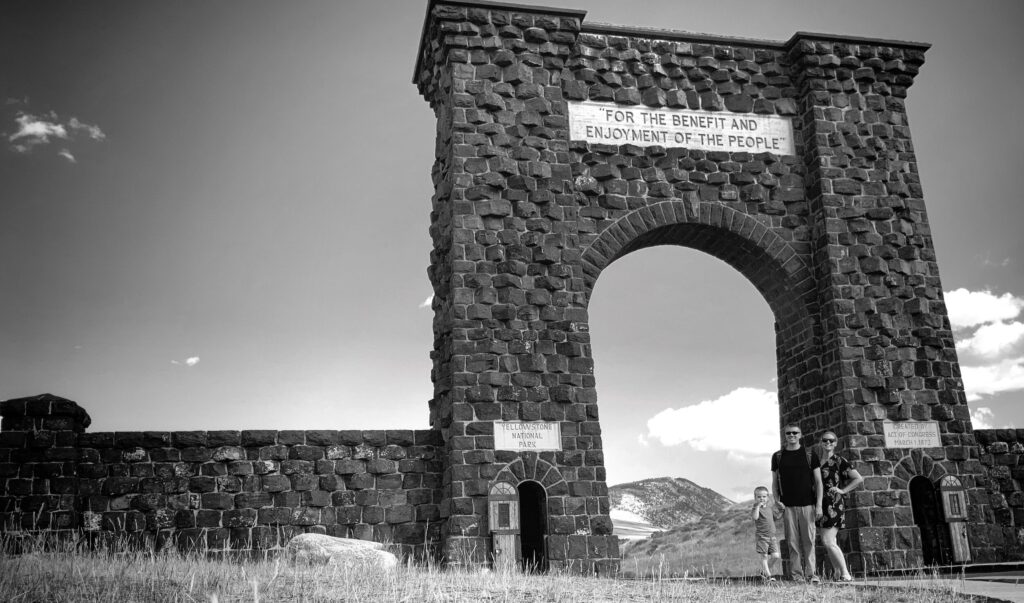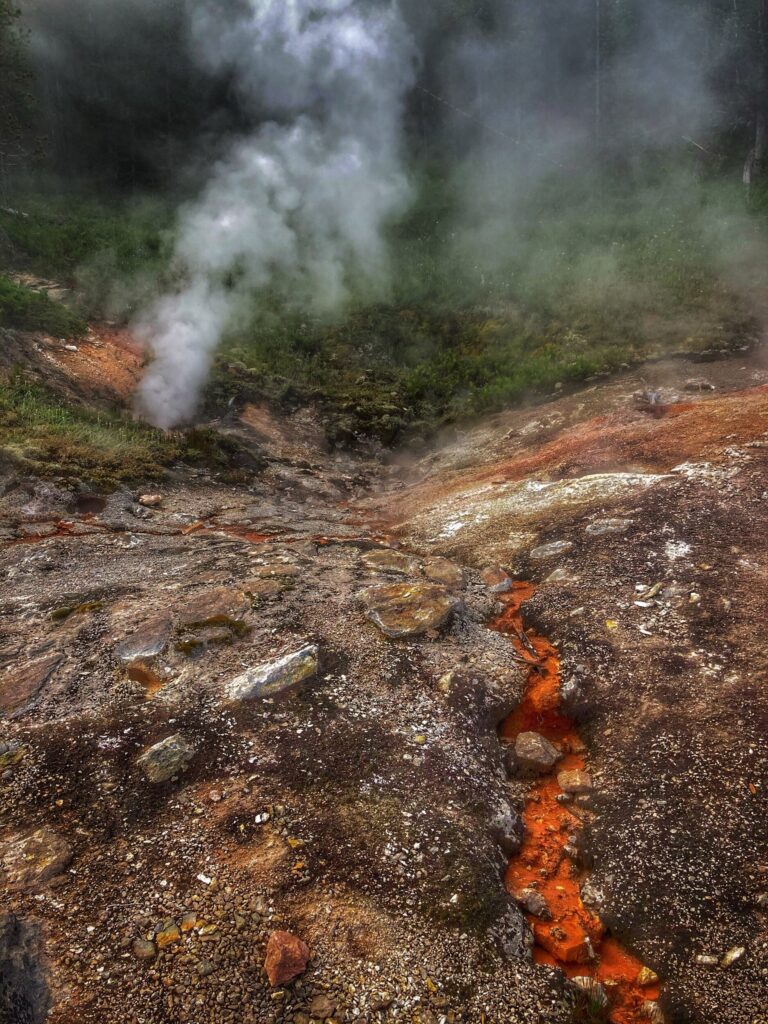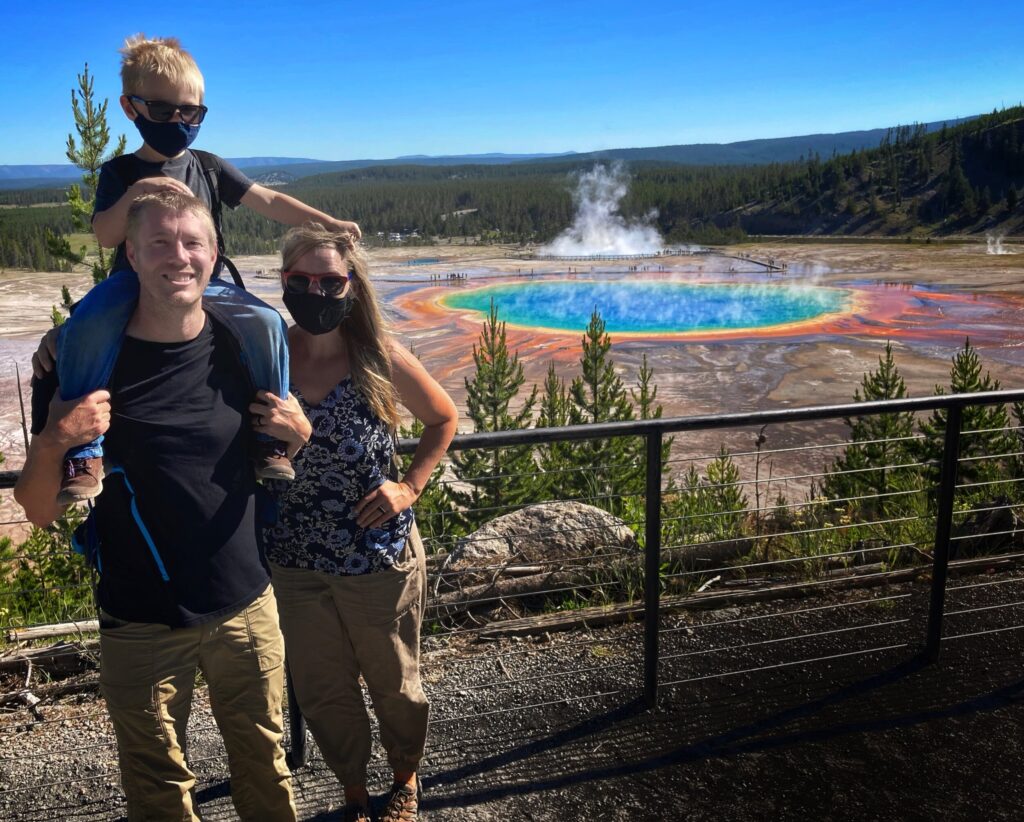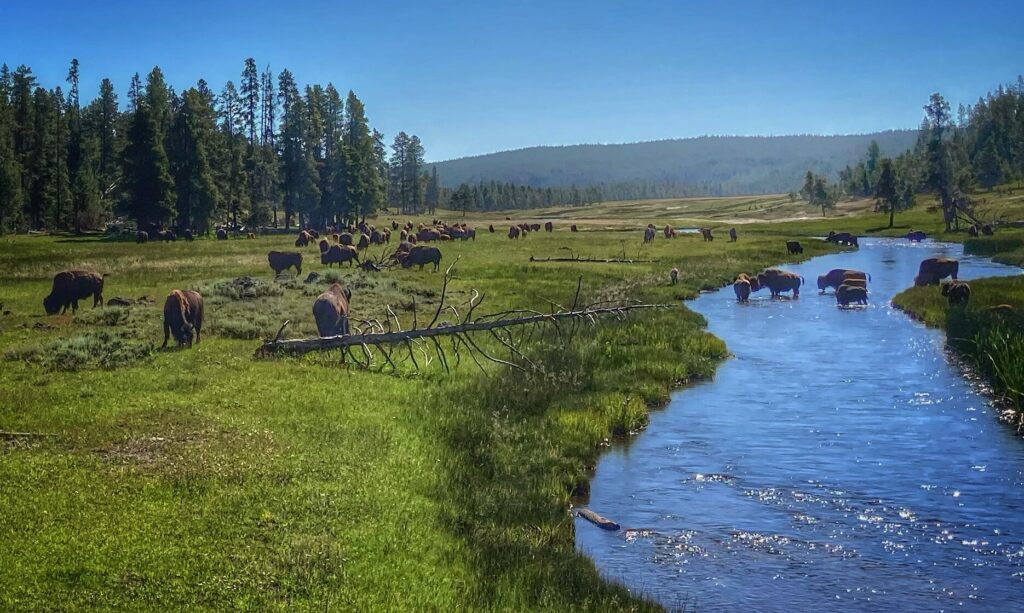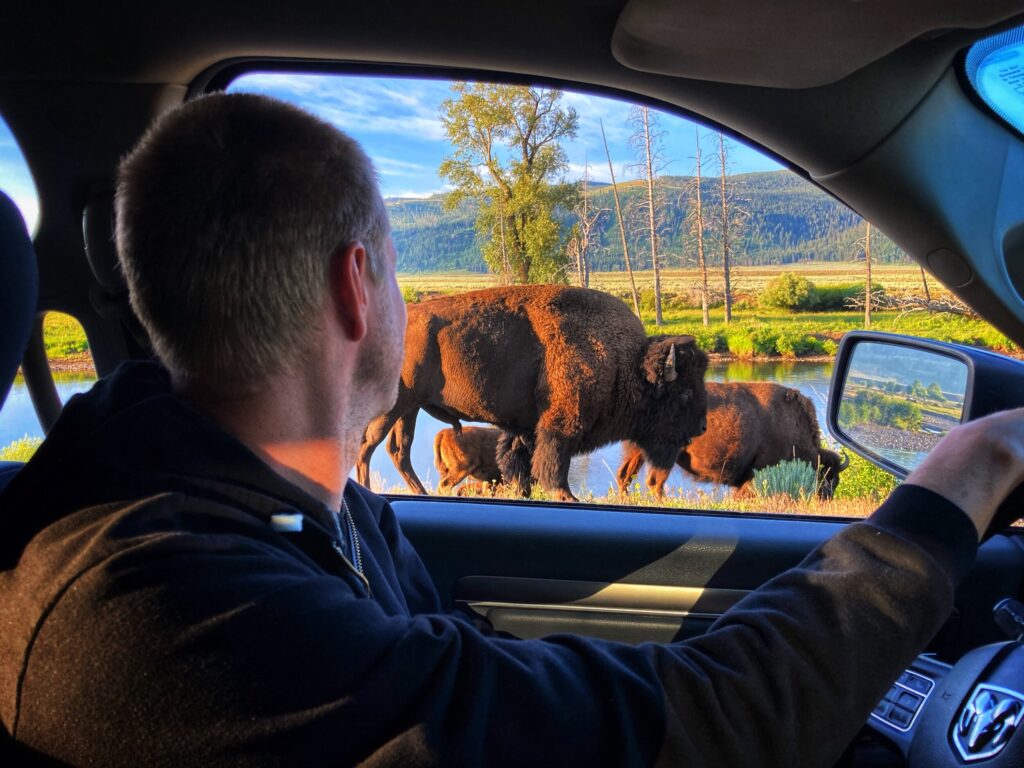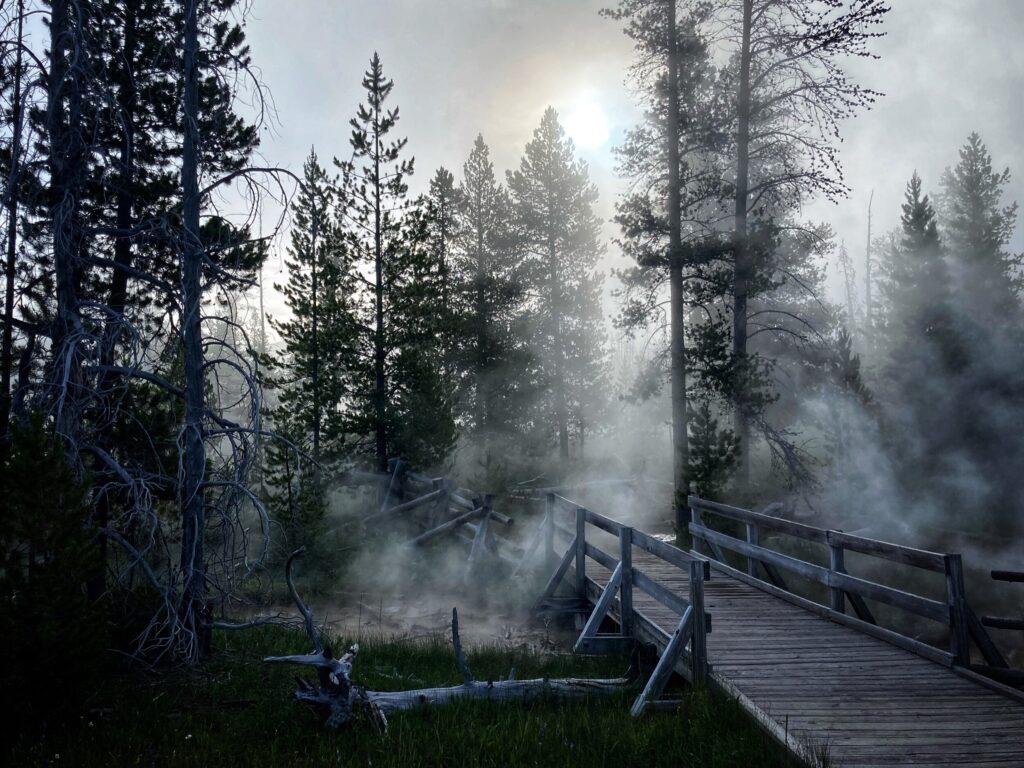August was a month of slow travel around Montana. After visiting the North side of Yellowstone National Park, we decided to take our time working our way up Glacier National Park, which was our next park destination. Our hope was that by waiting till late August or September, park attendance would reduce due to school starting back up (in some form or fashion). Additionally, Montana is more sparsely populated than many of the west coast destinations we were planning, and we wanted to watch how Covid-19 case trends progressed before heading further West
So we decided to check out central Montana, meandering around Bozeman/Livingston, Helena, Missoula, and Kalispell. Each of theses cities has its own charm, and we’ve really enjoyed the mountain scenery the area has to offer.
Melrose
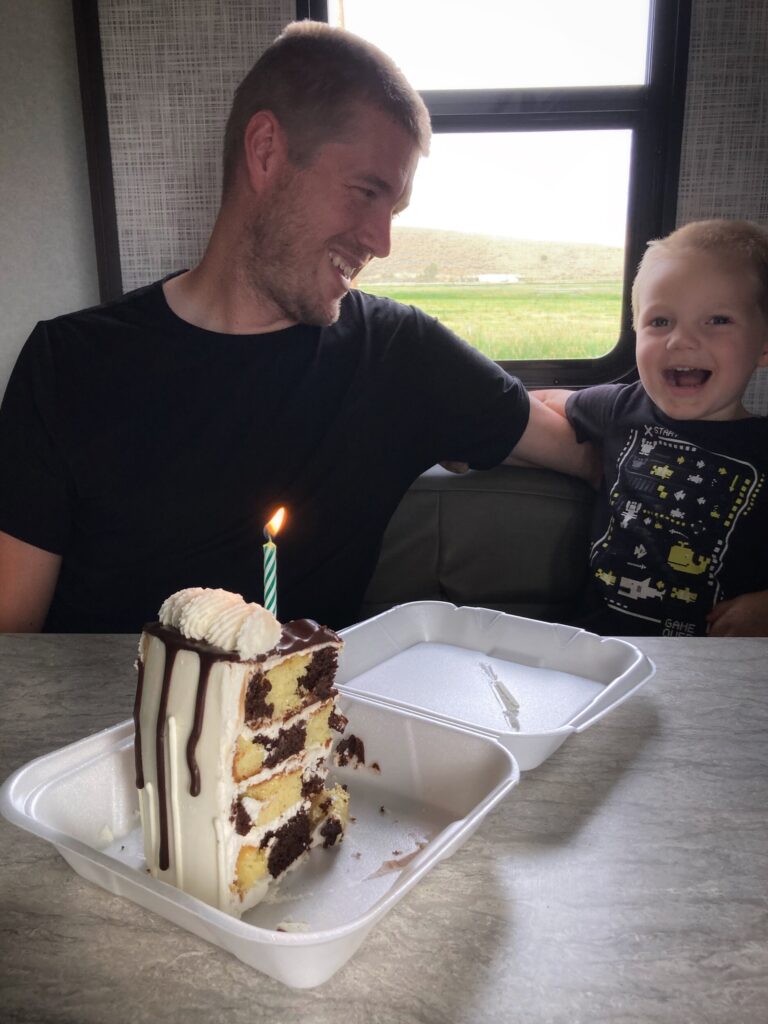
Melrose is a tiny town just south of Butte, Montana with a population of 170 people. We stayed here for about a week before heading to Livingston and the North Entrance of Yellowstone. Melrose is also where I spent my 40th birthday. I can tell you that it was not how my younger self envisioned my 40th birthday, but, as it turns out, it was awesome and I wouldn’t have had it any other way. We stayed for several days at this small and impeccably maintained campground and they were some of the most relaxing days of the trip so far. Kristy managed to find a restaurant that stocked confectionary delights from a nearby bakery, and I was treated to a giant slice of delicious birthday cake. This campground, the Sportsman Motel and campground, is a great stopping point if you happen to be headed between Yellowstone and Glacier.
Livingston / Bozeman
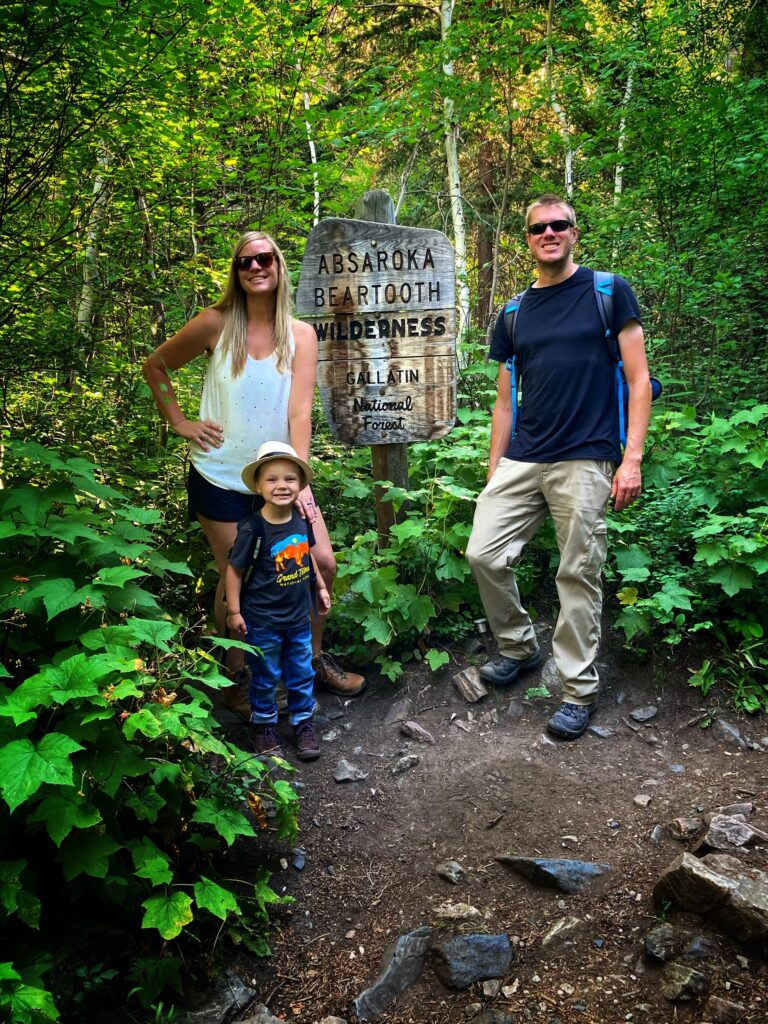
We used Livingston as our base camp to visit the North entrance of Yellowstone, but we also discovered that Kristy had two second cousins in the area. We were able to connect with them, which was a nice surprise, and they gave us some great tips on the local area. Mark’s In & Out Burger delivered with a classic cheeseburger and chocolate malt, we also liked the battered mushrooms (well, I liked them, Kristy and Owen less so).
One of Kristy’s cousins recommended the hike to Pine Creek Falls, and this turned out to be a great hike. Maybe a little longer than we would usually do with Owen, but we were rewarded at the top with an up close view of the waterfall. The trail was relatively busy when we went on a Sunday morning, I’m sure the weekdays are probably a bit quieter.
TIP: Pack a snack or lunch to eat when you reach the falls. Food just tastes a little better when you earn it by hiking uphill, and enjoy it in front of a waterfall.
Helena

Next, we headed up to Helena for not much reason other than to check out the town and surrounding area. We stayed at a KOA just north of the city, and while the campground didn’t have much of a playground, Owen lucked out because the elementary school across the road had an awesome play structure. We took some time in Helena to do some projects and maintenance on the RV and check out the area. We enjoyed checking out the downtown area, and the mountain views around town.
Boulder
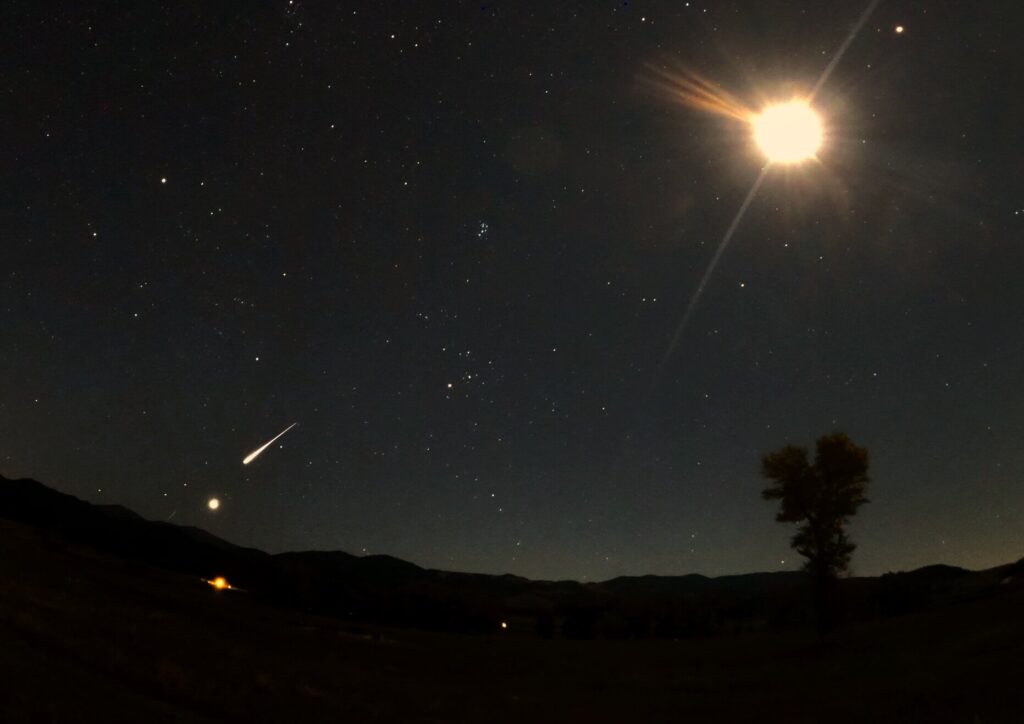
We had our first successful overnight dry-camping stay at a HipCamp spot near Boulder, MT. We stayed in a wide open field near this small town, and the host was awesome. Shortly after we pulled in she stopped by to check on us and brought us some delicious, fresh Flathead cherries. That night was Owen’s first night staying up late to stargaze and watch a meteor shower. I’m not sure if he had more fun or if Kristy and I did, watching him experience it.
Missoula
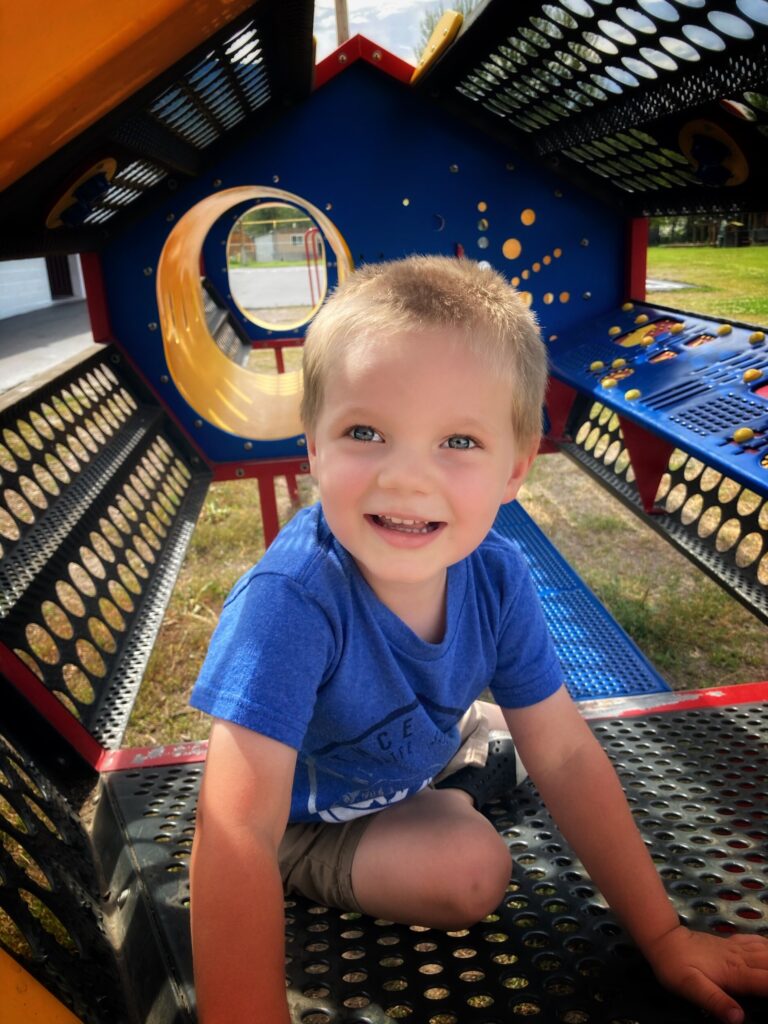
We spent a few days near Missoula during this great Montana trek as well. We relaxed at our campground and explored this fun college town. We took advantage of some of the “big city” amenities to restock on supplies like RV water hose adapters and new books for Owen.
We also found a nice park nearby at a school that was not yet in session. Owen thoroughly enjoyed the rocket ship themed play structure.
Ronan
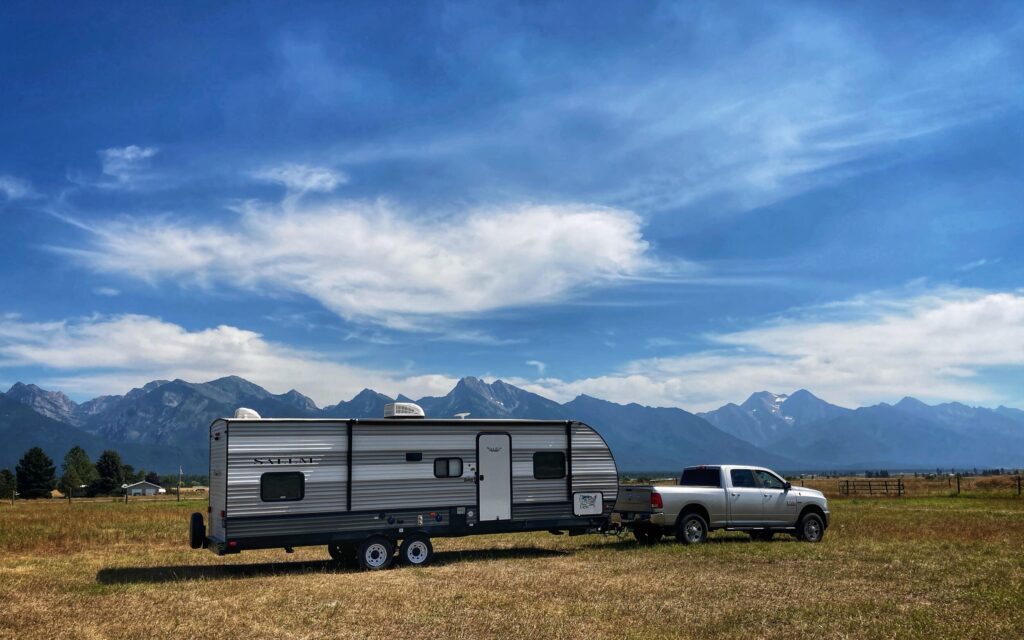
Our second HipCamp experience was at a spot near Ronan, MT. This open ranchland had spectacular views of the Mission Mountain Range. It was nearly 100 degrees that day, and with no AC without an electric hookup, we pretty much just tried to stay cool and enjoy the view till the sun went down.
Kalispell / Whitefish
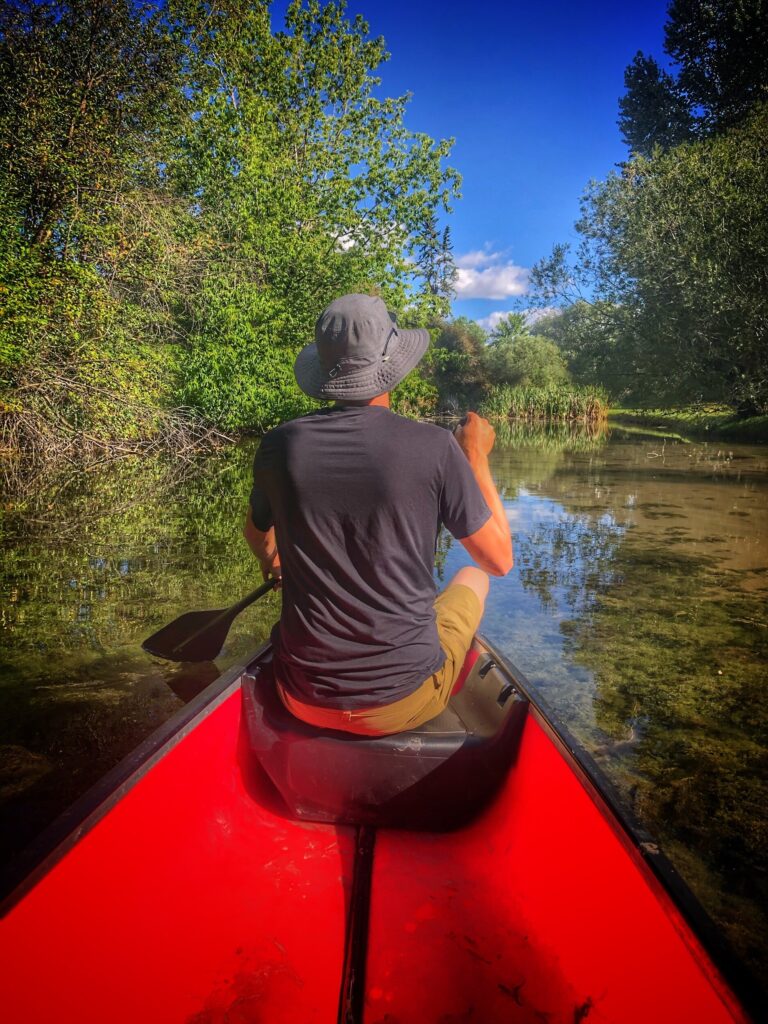
After Ronan, we headed up to Kalispell for a final stop before Glacier National Park. It was nice to be back at a campground with hookups and this one had a great playground for Owen to romp around on. We were also able to rent a canoe and do a short trip up the stream that ran through the campground. Kalispel is a short hop from Whitefish so we took a day to go visit the Whitefish Mountain Resort. We all had a blast there, The resort was not busy at all, but still had chairlifts and summer mountain slides operating. After riding the summer tube slide, I think Owen’s response was something to the effect of “This is SO A-MAZ-ING!”.
We also did a quick trip over to the Hungry Horse Dam on the recommendation of one of the locals. It was a cool experience to walk across this dam which is one of the largest concrete arch dams in the US.
On to Glacier
So there you have it, our meanderings all around Montana during August. Our final stop in Montana was Glacier, which of course has its own post. We had a fantastic time, and really enjoyed everything Montana had to offer. Every city had its own unique personality, and the near constant mountain views made for a wonderfully scenic backdrop. We look forward to coming back again in the future!
